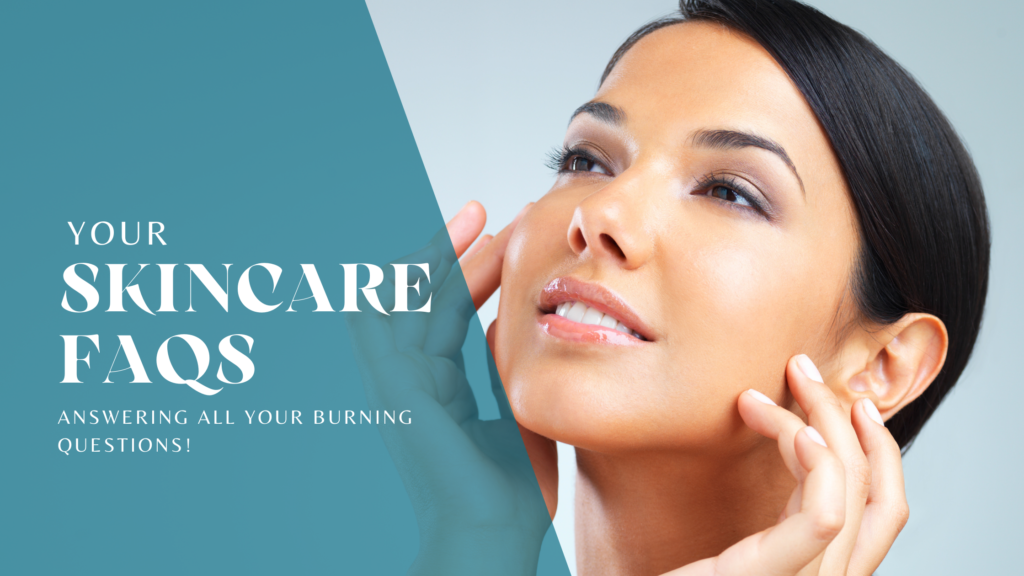Exfoliation is a crucial skincare step that involves the removal of dead skin cells from the outermost layer of the skin (epidermis). This process helps improve skin texture, unclog pores, and promote a healthier, more radiant complexion. There are several methods of exfoliation, each with its own unique approach:
1. Mechanical Exfoliation:
Method: Mechanical exfoliation physically removes dead skin cells using abrasive substances or tools.
Examples: Scrubs with granular particles (like sugar, salt, or microbeads), loofahs, cleansing brushes, and exfoliating gloves.
How It Works: By gently scrubbing or rubbing the exfoliant onto the skin, the friction helps dislodge and slough off dead skin cells.
Suitable For: Mechanical exfoliation is best for people with normal to oily skin and those who prefer a tactile exfoliation experience.
2. Chemical Exfoliation:
Method: Chemical exfoliation involves the use of acids or enzymes to dissolve and break down dead skin cells.
Examples: Alpha hydroxy acids (AHAs), such as glycolic acid and lactic acid, and beta hydroxy acids (BHAs), like salicylic acid.
How It Works: The acids penetrate the skin and break the bonds between dead skin cells, allowing them to be shed more easily. AHAs work on the surface, while BHAs penetrate deeper into pores.
Suitable For: Chemical exfoliation is suitable for various skin types, depending on the type and concentration of acids used. It’s often favored for sensitive or mature skin.
3. Enzymatic Exfoliation:
Method: Enzymatic exfoliation relies on naturally occurring enzymes (e.g., papain from papaya or bromelain from pineapple) to dissolve dead skin cells.
Examples: Enzyme-based masks or cleansers.
How It Works: Enzymes are applied to the skin and left on for a specified period. During this time, they work to break down and loosen dead skin cells.
Suitable For: Enzymatic exfoliation is generally gentle and suitable for sensitive skin types. It’s also a good option for those seeking a more natural exfoliation method.
4. Laser Exfoliation (Laser Resurfacing):
Method: Laser exfoliation involves the use of laser technology to remove the top layer of skin, promoting collagen production and skin rejuvenation.
Examples: Fractional laser, CO2 laser, erbium laser.
How It Works: The laser emits targeted energy to vaporize or ablate the skin’s surface layer, stimulating the growth of new, healthier skin.
Suitable For: Laser exfoliation is typically performed by dermatologists or skincare professionals. It’s used to address various skin concerns, including fine lines, wrinkles, acne scars, and hyperpigmentation. Recovery time and suitability vary depending on the type of laser used.
Choosing the right exfoliation method depends on your skin type, concerns, and preferences. It’s essential to follow proper skincare practices and consult with a dermatologist if you have specific skin conditions or are uncertain about which exfoliation method is best for you.

Dr. Joanna Smith, DNP, MSN, RN, MBA, SSGB, RT, LE, CLT
President & CEO
Integrated Medicine Institute, Inc.



